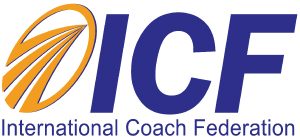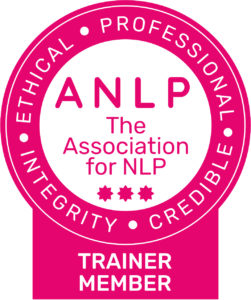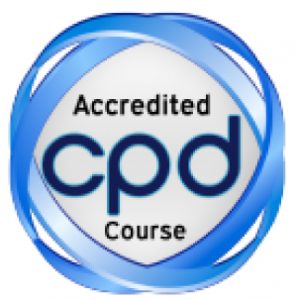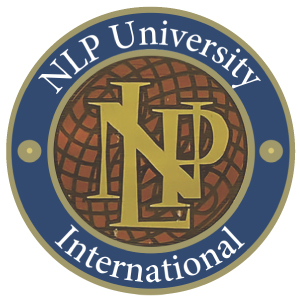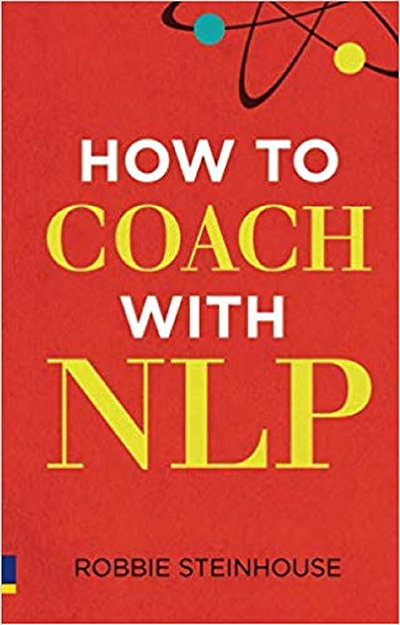NLP Techniques: What Is the Meta Model?

In this article, we explain the Meta Model within the context of NLP techniques. NLP has been described as the study of the structure of subjective experience.
What does this mean?
One of the central presuppositions of NLP (Neuro Linguistic Programming) is that ‘the map is not the territory’. The territory is out there, we have the maps in our heads – our internal subjective experience. The maps are all subtly (or not so subtly) different, and we each believe our map is in some way right. No wonder there is so much confusion in the world.
Bridging the gap
Rather than just accept this, NLP seeks out ways of bridging this gap, of entering other people’s maps – or at least of getting closer to them. There are many ways of doing this. Readers familiar with NLP will know the concept of representational systems: people tend to have preferences – auditory, visual, kinaesthetic – or even gustatory or olfactory – and map the world according to this preference.
The Meta Model presents a way in which we create maps linguistically, distorting reality through various filtering processes such as deletion of information and generalizing from particulars (which may be mistaken). Common examples are often expressed in statements starting with I should, I know, You must and in any given sentence you may find more than one Meta Model “violation”. “If they knew how much it annoyed me, they wouldn’t do it”.
Our maps can fill up with unjustified beliefs and ancient injunctions that actually come from nobody relevant to our life in the here and now.
The clean language model explained
Clean Language is a therapeutic technique that helps coaches stick as closely to the client’s map as possible. When David Grove, who created the technique, studied the transcripts of Perls and Satir from which NLP emerged, he found that these great therapists often imposed their presuppositions or expectations – their maps – onto their clients. In those days, counsellors were taught to paraphrase clients’ words back to them, to make things ‘clearer’ (to whom?)
The Clean Language model insists that the clients’ wording be adhered to rigidly. This wording is inserted into a nine formal questions, which seek to locate it in space or time, or to move it forward or back in time, or to elaborate on it.
Clean Language can lead to some rather odd-sounding interventions. The client says she is stuck in a rut, and the coach replies, “And what kind of stuck in a rut is stuck in a rut?” (All Clean Language questions begin with “And…”)
Grove also recommends asking these questions in a slow, deep voice, but also to do so in a way that matches the client’s own emphasis and intonation. This is not a tool for day-to-day conversation, unless you want to get punched in the face, but in therapy, it keeps the client safe in their map, while you encourage them to investigate it.
No model is perfect, and no two maps will ever be the same. NLP also recommends that we remain curious about our maps and about other peoples’. This is a good thing, on anyone’s map.
Did you like this post?
Then check out our events and courses!
Where to find us
For posts, events, free open days and more, follow NLP School on:
What to read next
How Can You Avoid ‘Bad’ NLP Practice?
How Transactional Analysis Can Help You With Lockdown Guilt




